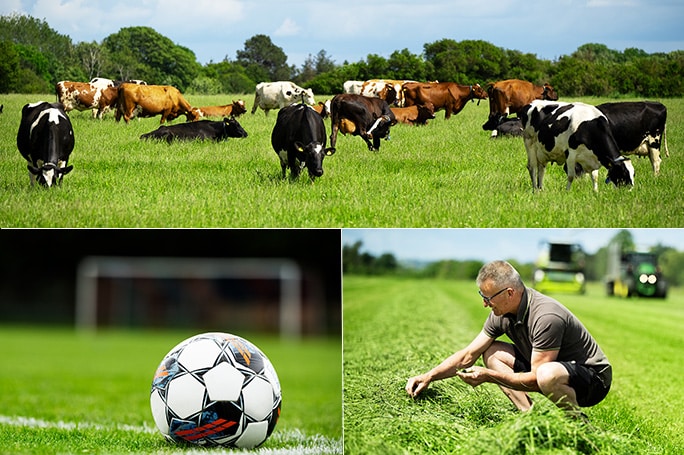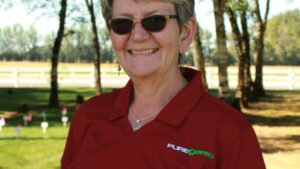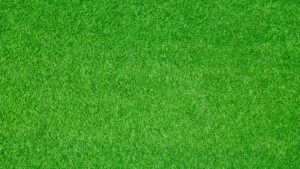Tetraploids were originally developed for forage because they had broader leaves, higher sugar content and better winter hardiness. In fact, tetraploids have many unique features which are also ideal for a turf grass to cope under even the most difficult conditions. But planting a high yielding forage grass in a lawn does not seem to be such a great idea. This challenge was grabbed by skilled plant breeders, who set up a breeding program, and today 4N turf type perennial ryegrasses have gained popularity amongst turf managers, who explored the benefits at their sports fields.
With their extra set of chromosomes, the tetraploids have bigger seeds than the diploids and the seeds contain more reserves for a stronger and faster establishment. The turf type tetraploid perennial ryegrasses were developed to be quick establishing, even with cold temperatures. This enables tetraploids to be used for quick repairs on sports fields and golf courses under less-than-ideal conditions and extend regular planting windows. Combined with the fact that they recover well from wear, makes them an ideal part of a turf mixture.
The moderate density enables tetraploids to blend better with turf-type tall fescue, smooth stalk meadow grass, diploid perennial ryegrass and fine fescues. Traditional diploid ryegrass tends to dominate in mixed stands, but tetraploids allow the other species to remain mixed in. This improves genetic diversity, improves general appearance, ensures fewer problems with diseases, and secures better long-term performance.
One other important feature characterizing tetraploids is that they are tolerant of many stresses such as drought, cold, and disease. The higher drought tolerance and recovery after drought is caused by deeper crowns and superior rooting in tetraploids compared to diploids.
Climate changes and potential pesticide bans or legislation in many European countries push demand for more disease-tolerant perennial ryegrasses, and the tetraploids have clearly proven to be more resistant to important turf grass diseases.
Many years went into developing tetraploid perennial ryegrass for turf, and a focused plant breeding has perfected varieties of this “new” species over time. On the official turf variety lists in Europe¹, they are now even recommended for professional sports pitches.
There are varieties that fit the market in Southern Europe due to a darker colour and the high drought tolerance but also varieties suited for more northern locations due to a high winter hardiness.
Myth Busted: Tetraploid Perennial Ryegrass are not just for cow eating but are in fact the supreme turf selection for many professionals today.
¹)Turfgrass Seed 2022 BSPB UK, Grasgids 2022 NL









